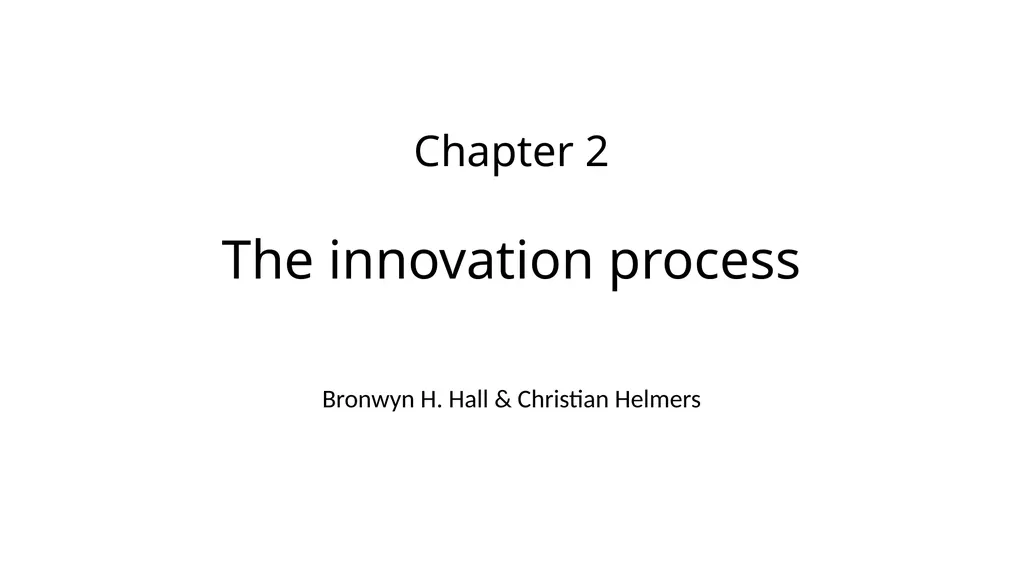
Author : tawny-fly | Published Date : 2025-05-14
Description: Chapter 2 The innovation process Bronwyn H. Hall Christian Helmers Chapter overview Linear model of innovation and its critiques Science from technology Learning by doing and using Direction and types of innovation Innovation as aDownload Presentation The PPT/PDF document "" is the property of its rightful owner. Permission is granted to download and print the materials on this website for personal, non-commercial use only, and to display it on your personal computer provided you do not modify the materials and that you retain all copyright notices contained in the materials. By downloading content from our website, you accept the terms of this agreement.
Here is the link to download the presentation.
"Chapter 2 The innovation process Bronwyn H. Hall &"The content belongs to its owner. You may download and print it for personal use, without modification, and keep all copyright notices. By downloading, you agree to these terms.













